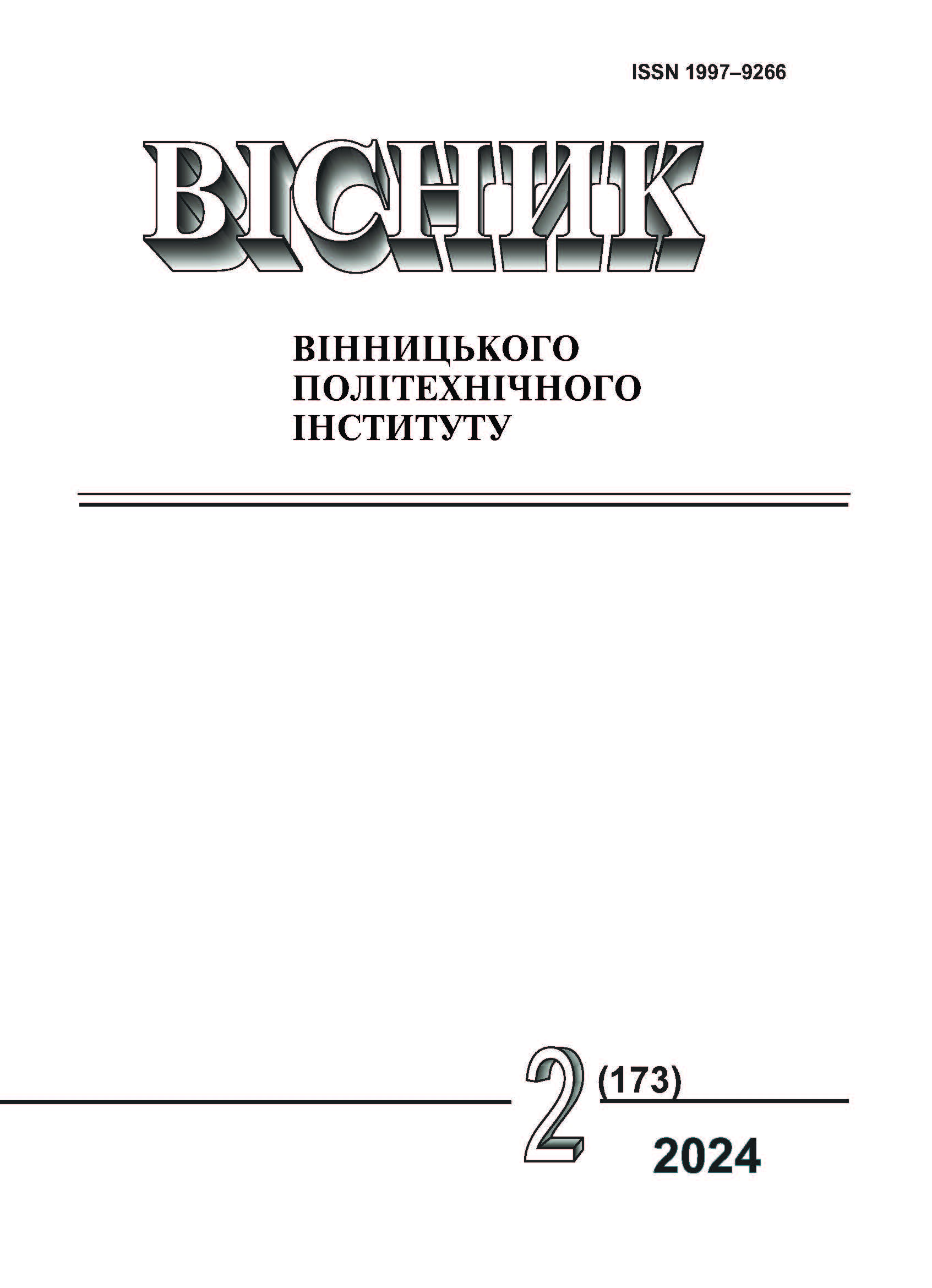Predictive Model of the Photoelectric Plant Taking into Account Thermal Reduction of Photoelectric Modules Power
DOI:
https://doi.org/10.31649/1997-9266-2024-173-2-47-52Keywords:
photovoltaic module, prediction model, heat balance, solar insolation, heat return coefficientAbstract
Forecasting the generation of electrical energy is mandatory for grid photoelectric plants. According to the requirements of the energy market, the hourly production of electricity for a day in advance is subject to forecasting, which is determined by the terms of purchase/sale of electricity. This forecasting is performed using predictive models of photovoltaic solar energy conversion processes. Such a model usually includes two components: the first of which is a purely analytical, deterministic model that takes into account the relative position of the Sun and the geolocation points of the photovoltaic station at the time of the forecast, and the second is a stochastic model with machine learning, which, based on the results of the training, builds a function of the influence of meteorological factors on level of electricity generation. But, as the results of the tests showed, a significant drawback of this approach, which significantly worsens the forecast results, is the failure to take into account the effect of thermal reduction of the power of the photovoltaic plant. In order to improve the prediction model of a photovoltaic plant, taking into account the effect of thermal reduction of its power at a supercritical increase in the temperature of its panels, a simulation model of the effect of thermal reduction of the power of photovoltaic modules, which make up the working panels of photovoltaic plants, was built and studied. Special attention is paid in this paper to the identification and study of the dominant meteorological factors, influencing the thermal mode of photovoltaic modules. According to the results of the research, the third component of the prediction model was built, which takes into consideration the effect of thermal reduction of photovoltaic modules power. The results of the study of the revised three-component prediction model of the grid photoelectric station for the forecasting the hourly production of electric energy a day in advance showed a significant decrease in the imbalance between the predicted and actually produced energy.
References
J. Sowinski, “The Impact of the Selection of Exogenous Variables in the ANFIS Model on the Results of the Daily Load Forecast in the Power Company,” Energies, MDPI, vol. 14, pp. 1-18, 2021.
Lorenzo Gigoni, et al., Day-Ahead Hourly Forecasting of Power Generation from Photovol-taic Plants, arXiv:1903.06800v1 [cs.LG], 26 Feb. 2019.
Alexandr Zaslavskiy, and Oleh Karpenko, “Prognostic Model of a Photovoltaic Power Plant,” Lecture Notes in Networks and Systems, vol. 344, pp. 91-103, Chernihiv, Ukraine MODS, June 28-July 01, 2021.
Tom Markvart, and Luis Castaner, Practical handbook of photovoltaics fundamentals and applications. Oxford: Elsevier Ltd, 2003, p. 1015.
Aldo V. Da Rosa. Fundamentals of Renewable Energy Processes. London: Elsevier Inc, 2009, p. 818.
Adrian Bejan, Convection Heat Transfer. John Wiley & Sons, Inc, 2013, p. 858. [Electronic resource]. Available: https://onlinelibrary.wiley.com/doi/book/10.1002/9781118671627 .
Downloads
-
PDF (Українська)
Downloads: 91
Published
How to Cite
Issue
Section
License

This work is licensed under a Creative Commons Attribution 4.0 International License.
Authors who publish with this journal agree to the following terms:
- Authors retain copyright and grant the journal right of first publication.
- Authors are able to enter into separate, additional contractual arrangements for the non-exclusive distribution of the journal's published version of the work (e.g., post it to an institutional repository or publish it in a book), with an acknowledgment of its initial publication in this journal.
- Authors are permitted and encouraged to post their work online (e.g., in institutional repositories or on their website) prior to and during the submission process, as it can lead to productive exchanges, as well as earlier and greater citation of published work (See The Effect of Open Access).





